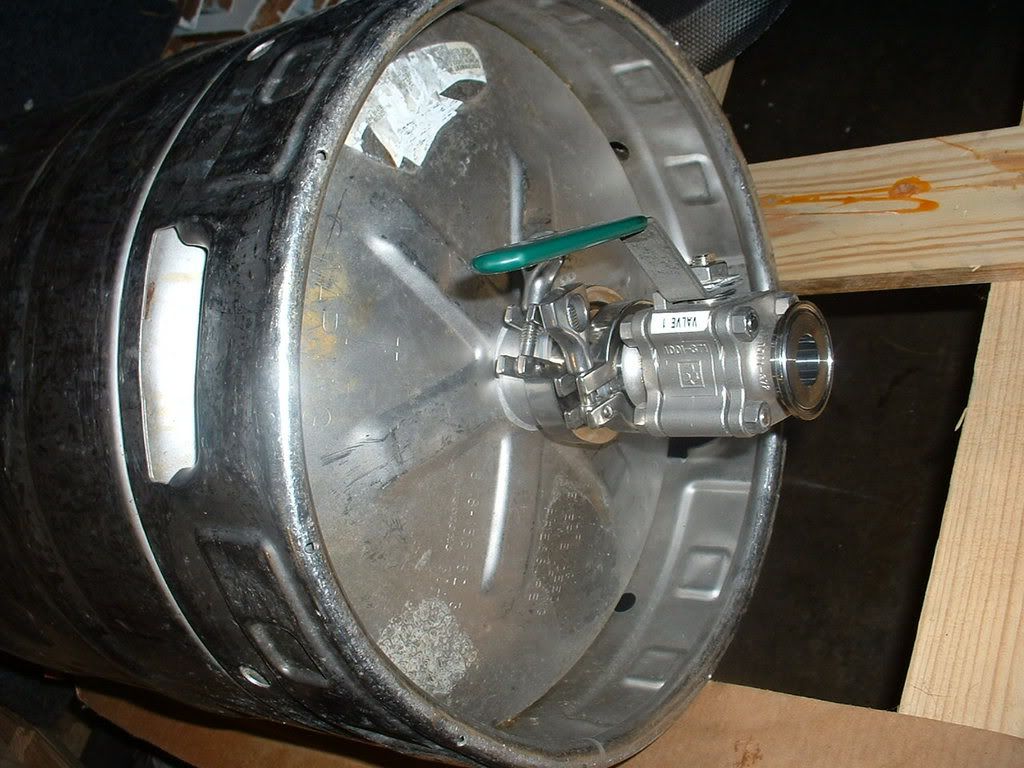mmeadows24
Well-Known Member
So I have a bottom drain 3 keggle eHERMS system that has welded tri-clover (1.5") ferrules. I am in the middle of polishing them and I am ready to start finally putting it together to have the inaugural brew day/test day/most likely a bunch of things to adjust day. I have avoided buying the fittings (only to the hose types-I have all the clamps already) so that I could check out my options and get some opinions. I purposely went with tri-clover to avoid threaded fittings so there will be no threaded fittings in the system (initially there might be some at the pumps if my welder can't get my Chugger pump heads welded before I get the rest of the fittings). The question is what ID line should I go with (I'm would like the discussion to start with 1/2" minimum because I am not looking to go smaller). I have read a ton of threads on I.D. discussion (mostly relevant to true ID vs bore ID) and it pretty much stops after 1/2" and 3/4" but what about 1". My thought process is I can use a 2" reducer to 1" and then have a 1" (or a 2" above the reducer) butterfly valve that then connects to a 1" tri-clover/barbed end hose setup. I will have two types of restrictions with this setup. 1 on each pump end (I am using 2 pumps with a three way valve inlet and outlet of each pump end-plus a three way on the mash tun outlet at the reducer) and one at my HERMS coil (I was silly and ordered 50' stainless coil with welded 1.5" ferrules and had my keggle welded with a 1.5" ferrule with standard ID instead of the reduced size type i.e. 3/4" OD on a 1.5" ferrule). What's everyone's thoughts? I get 1" ID hose is more expensive but other than that the pricing on fittings is negligible if I went up to 1" and by doing that I create less restrictions. Otherwise I'd have restrictions at the pumps, the keggle sanke, hoses, etc. I'm not set on this setup. I would love to hear opinions of practical real life use expected or possible hiccups. I'd also love to hear from the crowd using mostly or full tri-clover setups.








